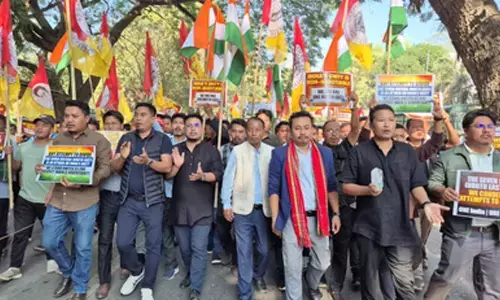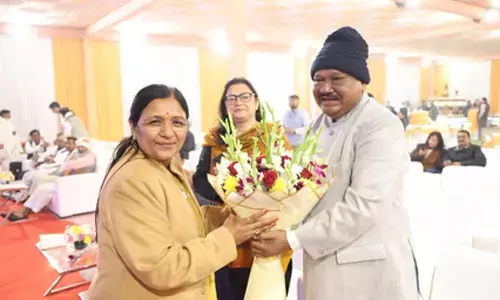Asia Pacific Trade Agreement

The Union Cabinet on September 12 approved the exchange of tariff concessions, on Margin of Preference basis, under the Fourth Round of Negotiations under the Asia Pacific Trade Agreement and related amendments.
The Union Cabinet on September 12 approved the exchange of tariff concessions, on Margin of Preference basis, under the Fourth Round of Negotiations under the Asia Pacific Trade Agreement and related amendments. The Fourth Session of the Ministerial Council of APTA, which is scheduled to be held shortly, will formally implement all the above decisions.
The Asia-Pacific Trade Agreement (APTA), previously named the Bangkok Agreement, was signed in 1975 as an initiative of ESCAP (Economic and Social Commission for Asia and the Pacific). Being the oldest preferential trade agreement among developing countries in Asia-Pacific, APTA aims to promote economic development through the adoption of mutually beneficial trade liberalization measures that will contribute to intra-regional trade expansion and provides for economic integration through coverage of merchandise goods, services, investment and trade facilitation.
The current membership of APTA consists of six countries or Participating States (PSs), namely, Bangladesh, China, India, Lao PDR, Republic of Korea, and Sri Lanka. Open to all developing member countries, APTA is a truly region-wide trade agreement spanning East and South Asia, with potential to expand to other sub-regions, including Central Asia and the Pacific.
APTA is the first plurilateral agreement among the developing countries in the region to adopt common operational procedures for certification and verification of the origin of goods and it has the longest effective implementation period amongst the trade agreements in the entire Asia-Pacific. Notably, APTA is the only operational trade agreement linking China and India, two of the fastest growing markets in the world, and other major markets such as the Republic of Korea.
Since this is a preferential trade agreement, the basket of items as well as extent of tariff concessions are enlarged during the trade negotiating rounds. Till date, three rounds of trade negotiations have taken place. Up to the Third Round, India has offered tariff preferences on 570 tariff lines at an average Margin of Preference (MoP) of 23.9% and an additional 48 tariff lines to LDC members at an average MoP of 39.7% at the 6-digit HS level.
The Cabinet approved India's offer 28.01% of dutiable national tariff lines (i.e. 3142 lines in HS2012 at 8-digit) with an average MoP of 33.45%. India agreed to the proposal to amend the preamble of APTA to effect accession of Mongolia as the 7th APTA Participating State.

















